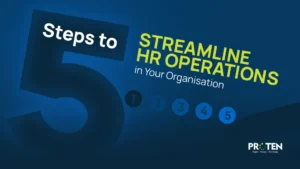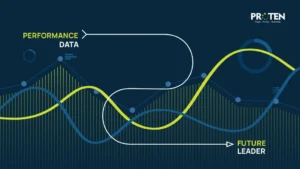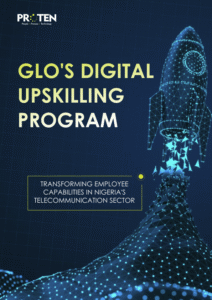You do not see the complete picture if you believe a recruiter’s opinion is the first barrier to securing a job interview. Your resume isn’t always sent straight to a recruiter or manager of a company when you apply for a job online. An ATS is the first to process it. How well your CV is optimized to get past applicant tracking systems may determine whether or not the recruiter ever sees it.
If you’re applying to a huge company, you’ll almost certainly be subjected to an ATS. You’re using an ATS if you submit an application through any web form. Indeed and LinkedIn, for example, have their own built-in applicant tracking systems.
How Does An Applicant Tracking System Work?
Applicant tracking systems collect resumes and store them in a database accessible to hiring managers. The software keeps all of these resumes in one location, making it easier for recruiters and hiring managers to stay organized.
Although these tools save time in theory by automatically identifying and highlighting great individuals, in reality, they often let excellent candidates slip through the cracks in their bid to shrink the applicant pool.
Resumes may be retained for quite a long time after the position for which you applied has been filled. Corporate recruiters or prospective employers can browse and sift through applications in a variety of ways, depending on the software they’re using.
1. Application Skimming
Many recruiters will skim each résumé that arrives into their applicant tracking system. It will most likely be a quick glance, so if you want to be visible, make your top abilities and certifications stand out.
2. Keyword Filtering
Prospective employers can use keywords to search resumes saved in the ATS. These resume keywords are frequently used in job postings.
They could be based on talents, experiences, location, previous employers, or job history.
Need To Get Past Applicant Tracking Systems?
Optimizing your CV to quickly get past application tracking systems is a very important soft skill for modern-day job seekers. With more businesses attempting to save resources and time, there is a high dependence on applicant tracking systems for identifying ideal job prospects.
However, with the advent of so many smart online job search platforms, applying for a job online has become relatively simple for anyone. Many recruiters rely on application tracking systems to establish a shortlist of qualified candidates by matching valid resumes to the job description.
But the good news is that with a few little changes to your resume, it will easily pass applicant tracking systems every time. Here’s what to do.
- Mirroring The Job Description
Tailoring your resume should be your initial move if you want to be noticed as a top candidate for the job you’re applying for. Use the job description as a guide when outlining your relevant skills and experience.
It’s crucial to remember that you should tailor your resume to each job opportunity you’re applying for.
- Focus On Relevant Keywords
While emphasizing your skills and qualifications is critical, you should also pay attention to your keywords. Concentrate on the keywords included in the job description and include as many as you can in your resume.
- A Chronological Or Hybrid Resume Format Is Recommended.
Because applicant tracking systems rely on a more traditional reverse chronological structure to assess an applicant’s experience, styles that emphasize job history, such as the modern resume format, are ineffective. Recruiters are usually more familiar with the chronological and hybrid resume styles.
- Utilize Keyword Variations
Because some applicant tracking systems do not recognize acronyms, provide both the long and short versions of any talents you list. If a recruiter searches an ATS candidate pool for “SEO,” applications titled “Search Engine Optimization” are likely to be overlooked.
Last Notes…
As more recruiters and organizations realize the benefits of recruiting using ATS systems, finding your next job may come down to how well your CV is designed to get past applicant tracking systems.
Not sure what skills you need to focus on generally? Our Learning & Development page can give you useful pointers on where to start.










